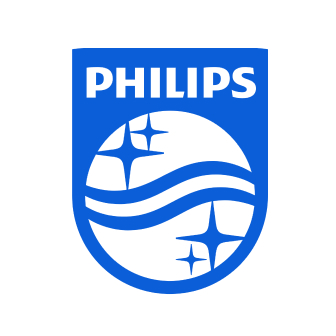
Philips India is a significant subsidiary of the global healthcare and technology company, Koninklijke Philips NV. The company has a long history in the Indian market, having established itself over 120 years ago.
| Balance Sheet | FY2024 | FY2023 | FY2022 | FY2021 | FY2020 | FY2019 |
|---|---|---|---|---|---|---|
| Equity Capital | 57.5 | 57.5 | 57.5 | 57.5 | 57.5 | 57.5 |
| Reserves | 1432.1 | 1176.8 | 2220.0 | 2337.5 | 1994.7 | 2039.0 |
| Total Equity | 1489.6 | 1234.3 | 2277.5 | 2395.0 | 2052.2 | 2096.5 |
| Provisions | 320.0 | 280.9 | 237.8 | 243.5 | 302.2 | 80.0 |
| Other Non-Current Liabilities | 801.1 | 408.2 | 430.0 | 451.5 | 405.6 | 149.3 |
| Total NC LiabilitiesTitle 6 | 858.6 | 465.7 | 487.5 | 509.0 | 463.1 | 206.8 |
| Provisions | 73.8 | 63.5 | 95.4 | 188.5 | 100.1 | 82.9 |
| Other Current Liabilities | 1247.5 | 1219.7 | 1302.4 | 1009.9 | 933.7 | 1286.5 |
| Total Current Liabilities | 1567.5 | 1500.6 | 1540.2 | 1253.4 | 1235.9 | 1366.5 |
| Equity + Liabilities | 3915.7 | 3200.6 | 4305.2 | 4340.9 | 3751.2 | 3669.8 |
| Fixed Assets (incl. WIP) | 830.3 | 368.4 | 371.0 | 434.3 | 428.3 | 350.1 |
| Other Non Current Assets | 731.5 | 711.4 | 763.9 | 724.8 | 828.0 | 852.6 |
| Total NC Assets | 1561.8 | 1079.8 | 1134.9 | 1159.1 | 1256.3 | 1202.7 |
| Trade Receivables | 917.1 | 740.1 | 750.1 | 574.1 | 802.8 | 804.8 |
| Cash & Cash Equivalents | 272.8 | 211.8 | 1315.9 | 931.3 | 857.8 | 753.7 |
| Other Current Assets | 1164.0 | 1168.9 | 1104.3 | 778.3 | 832.8 | 906.0 |
| Total Assets | 3915.7 | 3200.6 | 4305.2 | 4340.9 | 3751.2 | 3669.8 |
| Profit & Loss | FY2024 | FY2023 | FY2022 | FY2021 | FY2020 | FY2019 |
|---|---|---|---|---|---|---|
| Revenue from Operations | 6000.4 | 5734.0 | 5481.4 | 4842.7 | 5194.5 | 4912.1 |
| Growth % | 5% | 5% | 13% | -7% | 6% | 0 |
| Operating Expenses | 5553.0 | 5330.2 | 5147.3 | 4471.3 | 4805.8 | 4515.1 |
| Growth % | 4% | 4% | 15% | -7% | 6% | 0 |
| Operating Profit | 447.4 | 403.8 | 334.1 | 371.4 | 388.7 | 397.0 |
| Op. Profit Margin % | 7.5% | 7.0% | 6.1% | 7.7% | 7.5% | 8.1% |
| Other Income | 60.9 | 71.9 | 64.8 | 41.2 | 58.9 | 77.5 |
| Interest Expense | 38.8 | 26.4 | 27.2 | 25.2 | 21.7 | 13.7 |
| Depreciation | 142.6 | 128.5 | 138.4 | 134.3 | 127.3 | 153.3 |
| Exceptional Items | 0.0 | 0.0 | -130.9 | 0.0 | -14.2 | 22.9 |
| Profit Before Tax | 326.9 | 320.8 | 364.2 | 253.1 | 312.8 | 284.6 |
| Tax | 69.4 | 60.8 | 97.9 | 75.1 | 169.1 | 92.0 |
| Tax % | 1% | 1% | 2% | 2% | 3% | 2% |
| P/L from disc operations | 0.0 | 0.0 | 7.0 | 13.5 | 0.0 | 1.9 |
| Profit After Tax | 257.5 | 260.0 | 259.3 | 164.5 | 143.7 | 190.7 |
| Growth % | -1.0% | 0.3% | 57.6% | 14.5% | -24.6% | 0 |
| PAT % | 4% | 5% | 5% | 3% | 3% | 4% |
| Diluted EPS | 44.8 | 45.2 | 46.2 | 30.6 | 25.0 | 33.2 |
| Color | Shareholder | Holding |
|---|---|---|
| Koninklijke Philips N.V (KPNV) | 96.13% | |
| Others | 3.87% |